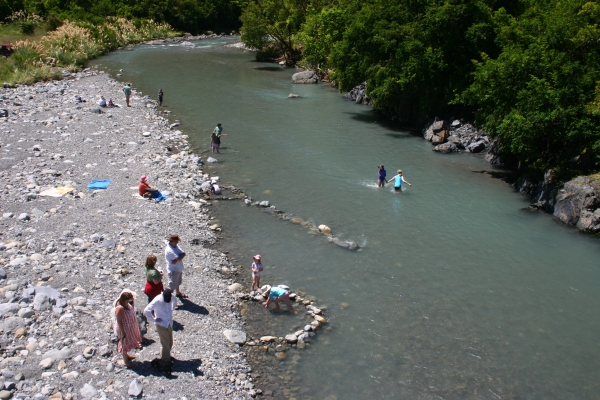New Zealand’s rivers, lakes and coastal waters are highly valued for swimming and other contact recreation activities. To satisfy both public health and state of the environment objectives, monitoring and reporting of the suitability of these waters for recreation must be meaningful and robust.
NIWA has published, as a Science and Technology Series Report, a position paper - Recreational water quality monitoring and reporting in New Zealand [PDF 700KB] prepared for the New Zealand regional sector addressing monitoring and reporting issues in relation to the recreational use of fresh and coastal waters. The paper was prepared with two senior regional council scientists and addresses five key areas where changes are required. Of high importance is providing more timely information on the potential health risks from water contact through implementing near real-time monitoring and/or forecasts of microbial water quality and toxic cyanobacteria blooms.
The near 20-year old scientific basis of existing national guidance around faecal indicator bacteria to pathogen ratios also needs to be updated. Supporting community-based initiatives that empower the public to take personal responsibility in assessing contact recreation suitability is another theme and one NIWA is set to progress this summer with a group of enthusiastic Upper Hutt residents. The volunteer group will carry out weekly assessments of recreational suitability at a site on the Hutt River in parallel with Greater Wellington Regional Council monitoring staff. As well as collecting and testing a water sample for E. coli, the volunteers will measure visual water clarity, record the amount of rubbish present and assess the amount of nuisance algal growth covering the riverbed.
For Further Information:
Recreational water quality monitoring and reporting in New Zealand - revised May 2018 [PDF 700KB]
More articles: Freshwater Update 75, November 2017

